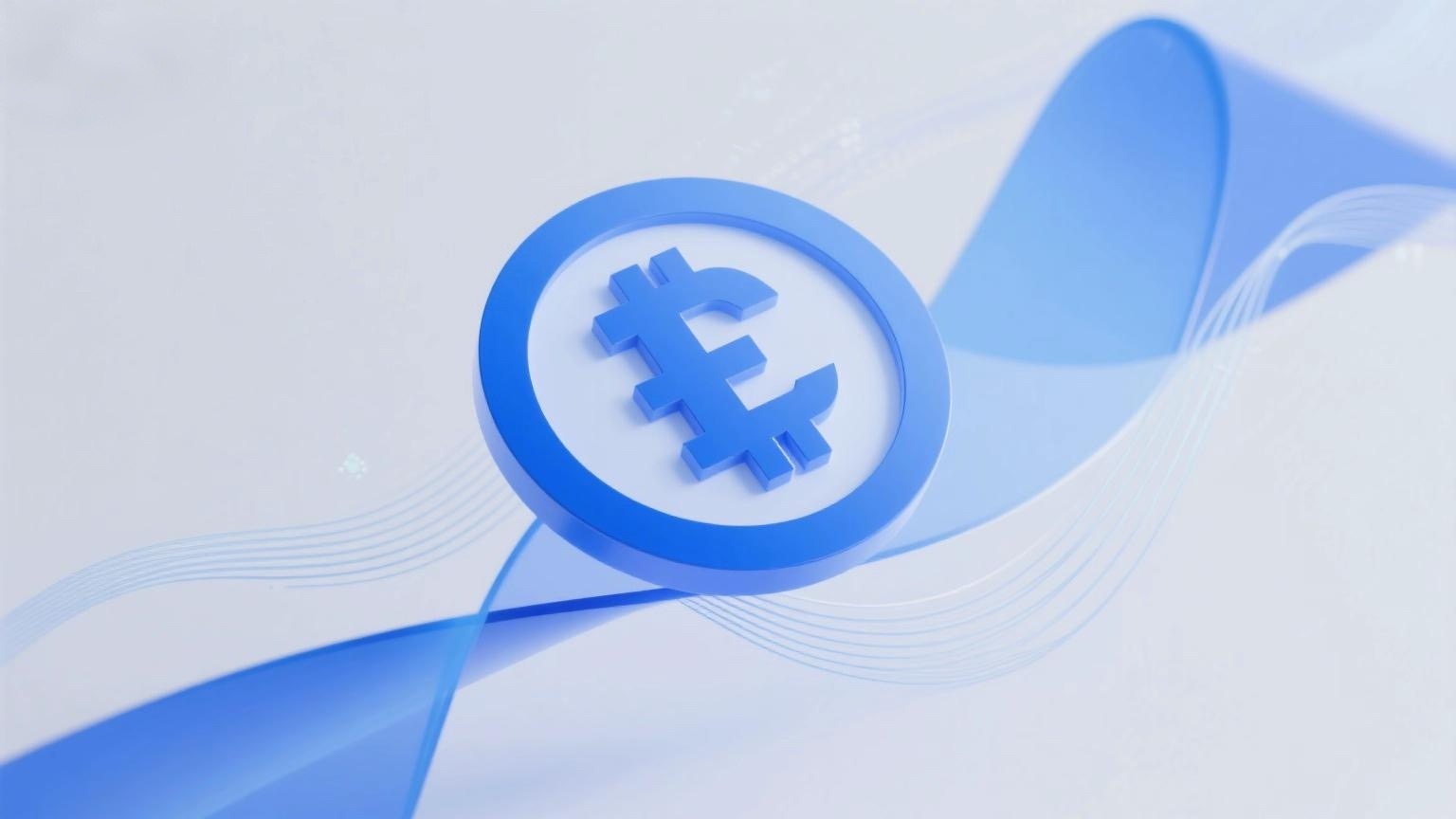
Capitalizing on people’s profit-seeking nature and coexisting with a vast array of speculative, arbitrage, and gaming behaviors, algorithmic stablecoins are stirring up the crypto world.
As one of the most important sectors in the crypto space, the total market capitalization of stablecoins has exceeded $30.5 billion, making them the brightest star in the crypto world after Bitcoin and Ethereum.
Amid this booming market growth, stablecoins have evolved into three models: fiat-collateralized stablecoins (USDT), crypto-collateralized stablecoins (Dai), and non-collateralized/algorithmic stablecoins (seigniorage-style, e.g., Basis).
These three models also reflect the evolution of stablecoins from their origins in "connecting the fiat world" to their gradual progression toward "crypto-native money creation."
Fiat-Collateralized Stablecoins (USDT)
First, stablecoins emerged against the backdrop of extreme price volatility in cryptocurrencies, serving as a medium of exchange to bridge the digital currency world with the fiat world.
Mainstream crypto assets like Bitcoin and Ethereum are non-stablecoins, with their values constantly fluctuating with market conditions. To facilitate smoother asset trading and conversion, as well as easier integration with the real world, crypto practitioners sought to create a "stablecoin"—a cryptocurrency with relatively stable value.
This led to the emergence of the most common and arguably simplest form of stablecoin: the fiat-collateralized stablecoin, with USDT as its prime example. In 2014, Tether Limited, a company affiliated with Bitfinex, issued USDT—a stable-value cryptocurrency that now dominates the stablecoin market. Tether claims that for every USDT issued, $1 is deposited in a bank, ensuring its peg to the US dollar.
Under this fiat-collateralized model, users holding stablecoins essentially hold IOUs from the issuing company. The centralized issuer backs the stablecoins with its own assets, ensuring each stablecoin is matched by an equivalent fiat reserve in a bank, allowing users to redeem their stablecoins for fiat currency proportionally.
Through fiat-collateralized stablecoins like USDT, users achieve two-way interoperability between fiat currency, USDT (issued by centralized companies), and crypto assets.
The advantages of this model are obvious: transparent processes, asset-backed collateral, and simple technical implementation. However, the drawbacks are equally clear: the issuing companies are centralized private entities, making it impossible to verify full collateralization, and they carry risks such as bankruptcy or exit scams. A loss of trust can trigger crashes and sudden devaluations.
















